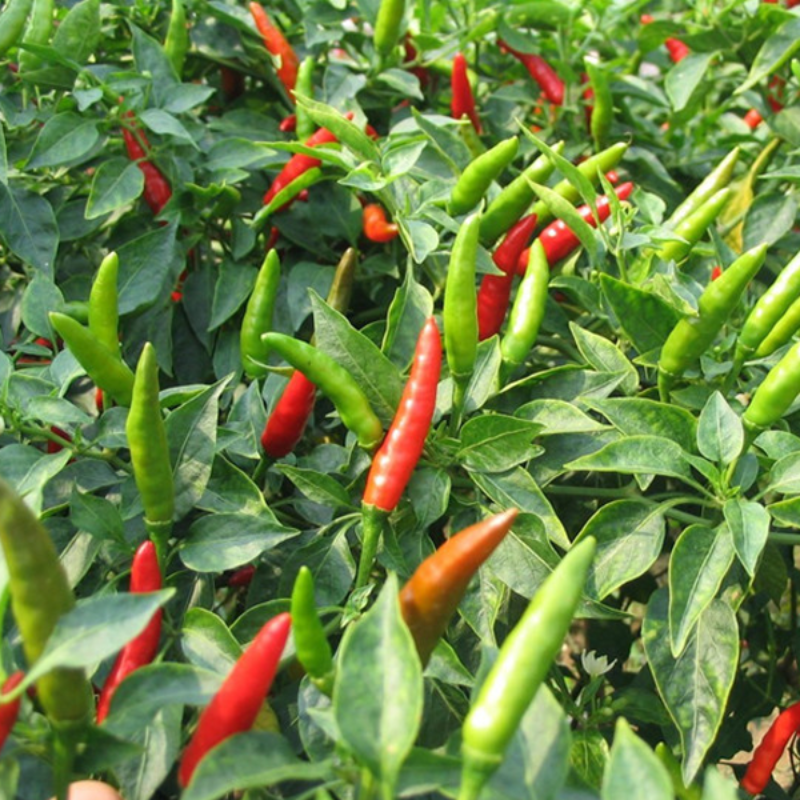- Species and varieties: Serrano peppers (Capsicum annuum) are a type of chili pepper that originated in the mountainous regions of the Mexican states of Puebla and Hidalgo. They are known for their bright green color when immature, turning red, brown, orange, or yellow as they mature. Popular varieties include 'Serrano Tampiqueño' and 'Serrano Purple'.
- Hybrid or heirloom: Serrano peppers are typically heirloom varieties, meaning they are open-pollinated and have been passed down through generations without genetic modification. However, hybrid varieties may also be available, offering specific traits such as disease resistance or improved yield.
- Pruning and training: Pruning is not typically necessary for serrano peppers, but removing the lower leaves and any suckers can help improve air circulation and reduce the risk of disease. Staking or caging the plants can provide support as they grow and bear fruit.
- Fertilization needs: Serrano peppers benefit from a balanced fertilizer applied at planting and again when the plants start to flower. A 5-10-10 fertilizer (higher in phosphorus and potassium) is recommended. Avoid excessive nitrogen, as it can lead to lush foliage with fewer fruits.
- Hardiness zones: Serrano peppers thrive in USDA hardiness zones 9-11. They can be grown as annuals in cooler climates but require a long growing season to produce fruit.
- Climate requirements: Serrano peppers prefer warm, sunny climates with temperatures between 70-85°F (21-29°C). They require full sun exposure and well-drained soil with a pH between 6.0 and 7.0. Consistent moisture is essential, but the soil should not be waterlogged.




